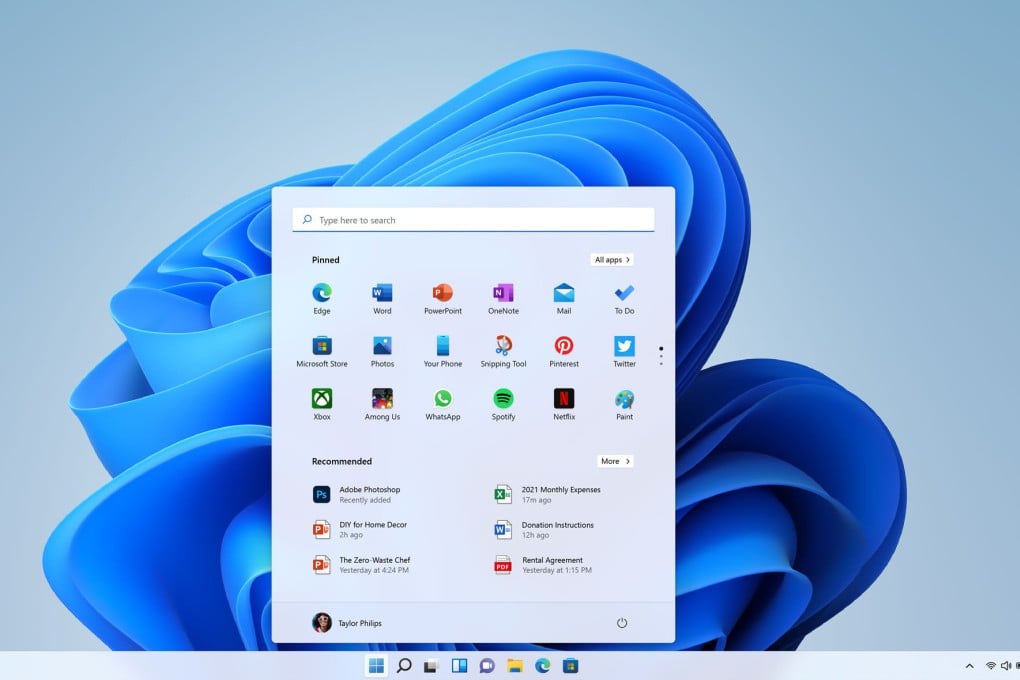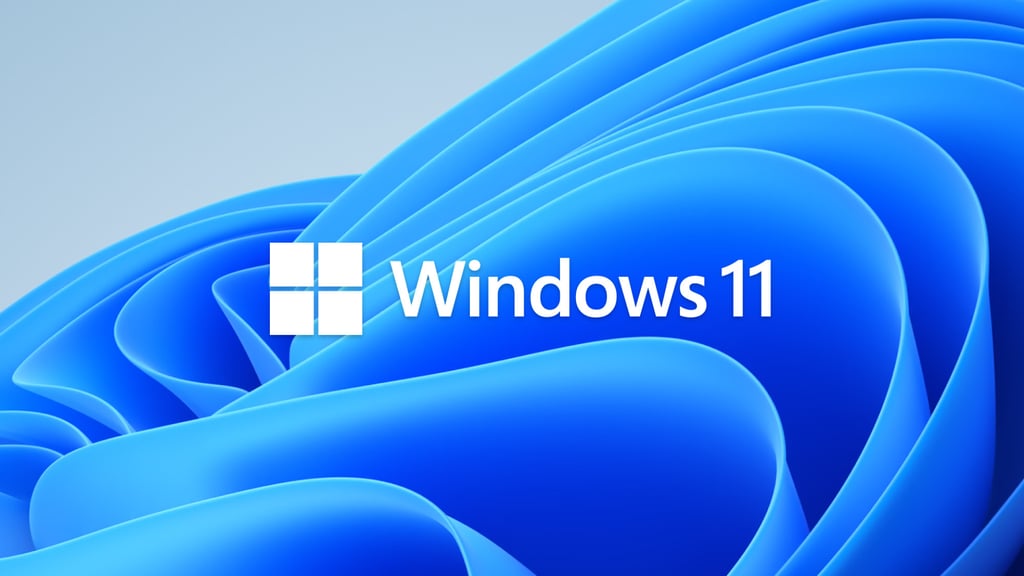Microsoft support for Windows 10 ends soon. How to update to Windows 11 on PC or laptop
Free updates and support for Windows 10 end this year, meaning users will need version 11 of the operating system to avoid security risks

Windows 10 was launched in the summer of 2015 and now, a decade on, Microsoft is pulling the plug. On October 14, the software giant plans to discontinue support for that version of its operating system.
This means that there will no longer be free updates for Windows 10. Theoretically, you could continue using it for the time being; the operating system will continue to work after October 14, Microsoft says.
However, from that date onwards, security updates will cease, without which cyberattacks on newly discovered vulnerabilities will sooner or later become a major threat. So it makes sense to upgrade to Windows 11 in good time and avoid that risk.
If you are running Windows 10 on your notebook or desktop PC, the likelihood is that you have been prompted by a pop-up window to upgrade over the past few months, perhaps repeatedly.

If you are not sure what version of the operating system you have, it is easy to check: right-click the Windows icon in the bottom left, then select “System”, and look under “Windows Specifications/Edition”.